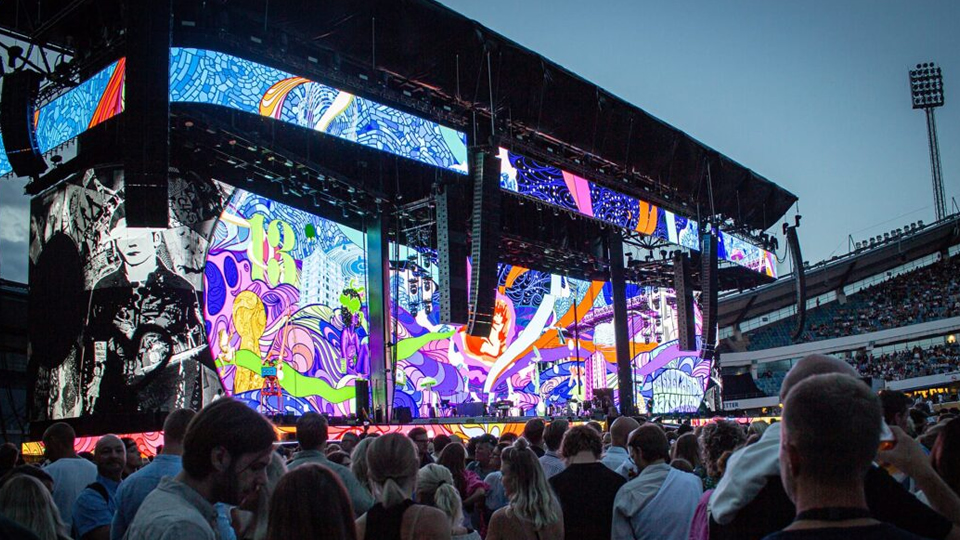As we move into 2025, the led display industry continues to evolve rapidly, driven by technological innovation, rising demand across industries, and shifting global supply chains. Whether in advertising, entertainment, retail, or control systems, LED screens are playing a more central role than ever before. This article outlines some of the most important trends shaping the LED display market in the year ahead.

Growing Demand for Fine-Pitch led displays
Fine-pitch LED displays, typically with a pixel pitch under 2.5mm, are gaining momentum in indoor environments. From boardrooms to broadcast studios, the need for high-resolution, seamless visuals is pushing more buyers toward fine-pitch solutions. The ongoing drop in production costs is making these displays more accessible to medium-sized businesses as well.
Rise of Transparent and Flexible LED Panels
Transparent LED screens are becoming increasingly popular in retail storefronts and showroom installations. These panels allow for dynamic visual effects without blocking visibility through glass. At the same time, Flexible LED Displays, which can bend and curve, are opening new possibilities for creative, non-traditional display shapes in architectural design and experiential marketing.
LED Displays in Smart Cities and Transportation
Governments and municipalities are incorporating LED technology into smart infrastructure—traffic signs, public transport updates, and environmental monitoring dashboards. Large-format outdoor LED screens are also being used for public messaging and digital signage in urban centers, contributing to the overall growth of the sector.
Integration with AI and IoT Technologies
The integration of LED displays with sensors, cameras, and software platforms is creating smarter, more interactive experiences. In retail, LED screens can now respond to customer behavior in real time. In control rooms, IoT-connected displays help operators visualize live data for faster decision-making.
Sustainability and Energy Efficiency
With increased focus on environmental responsibility, manufacturers are introducing more energy-efficient LED modules. Low-power drivers, longer product lifespans, and improved heat dissipation are key features driving adoption in sectors looking to reduce operational costs and environmental impact.
The global LED display market in 2025 is set to be defined by higher resolution, greater interactivity, and wider application. Companies that stay ahead of these trends will be better positioned to meet customer expectations and compete in a growing digital landscape.

